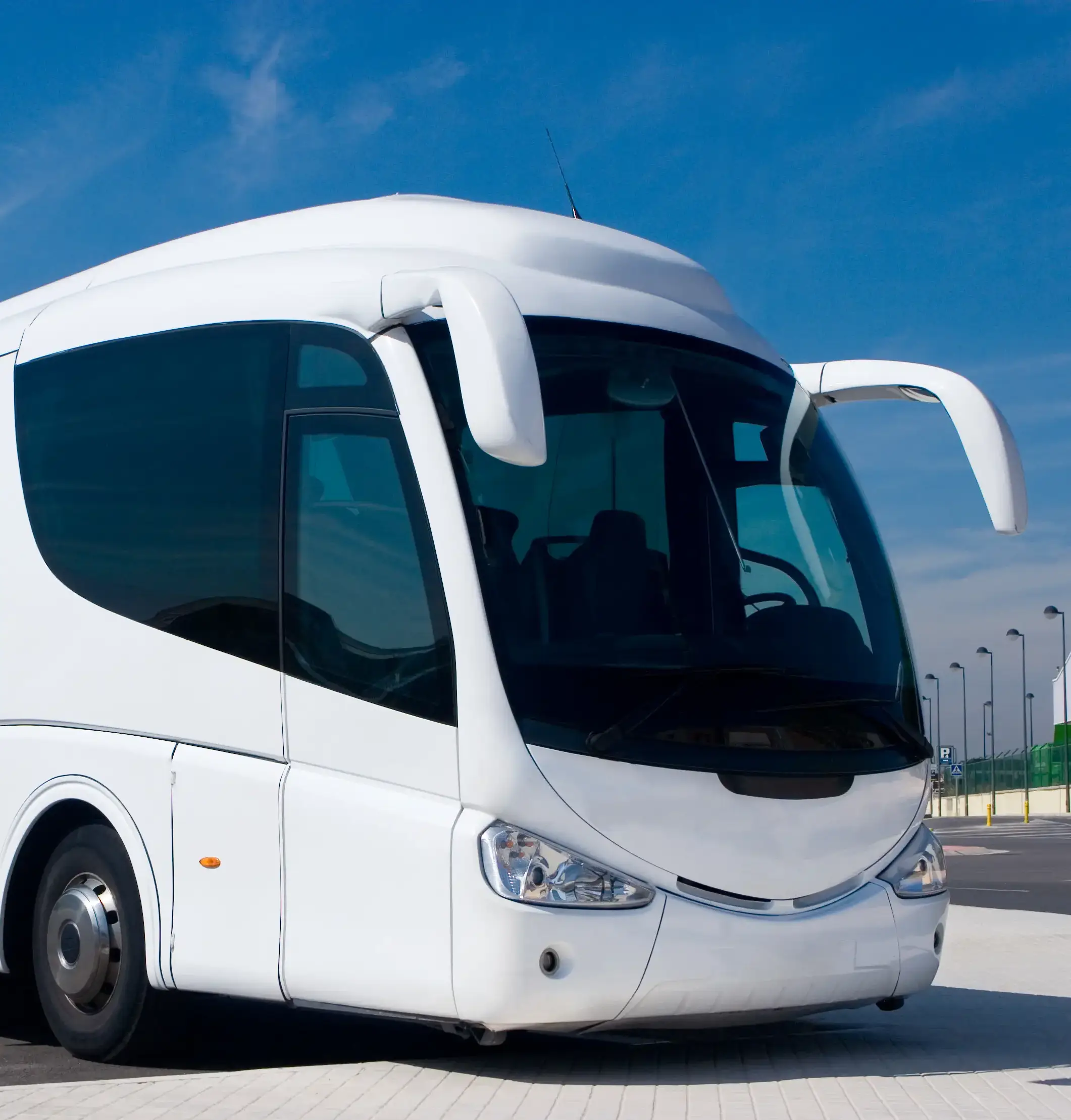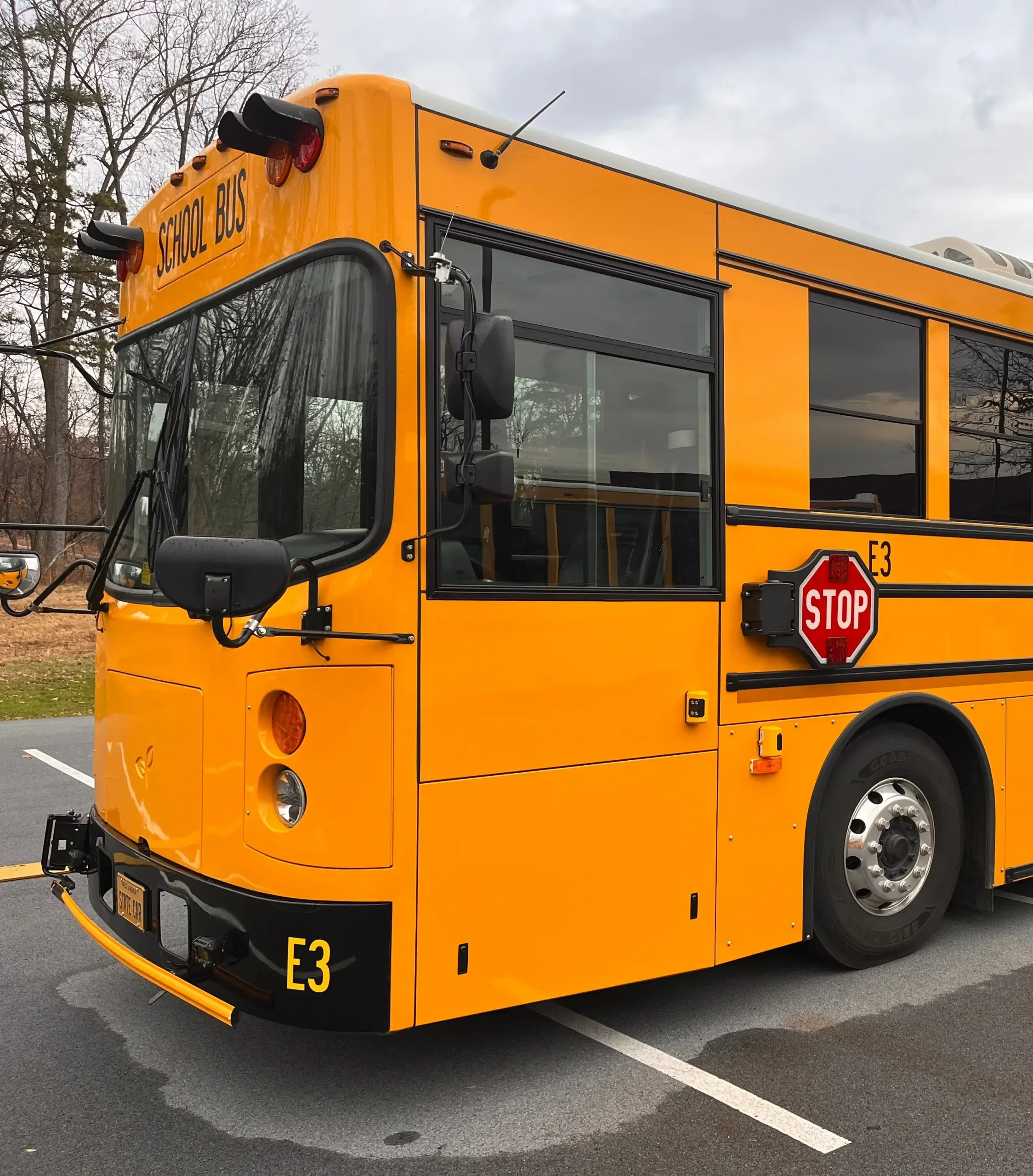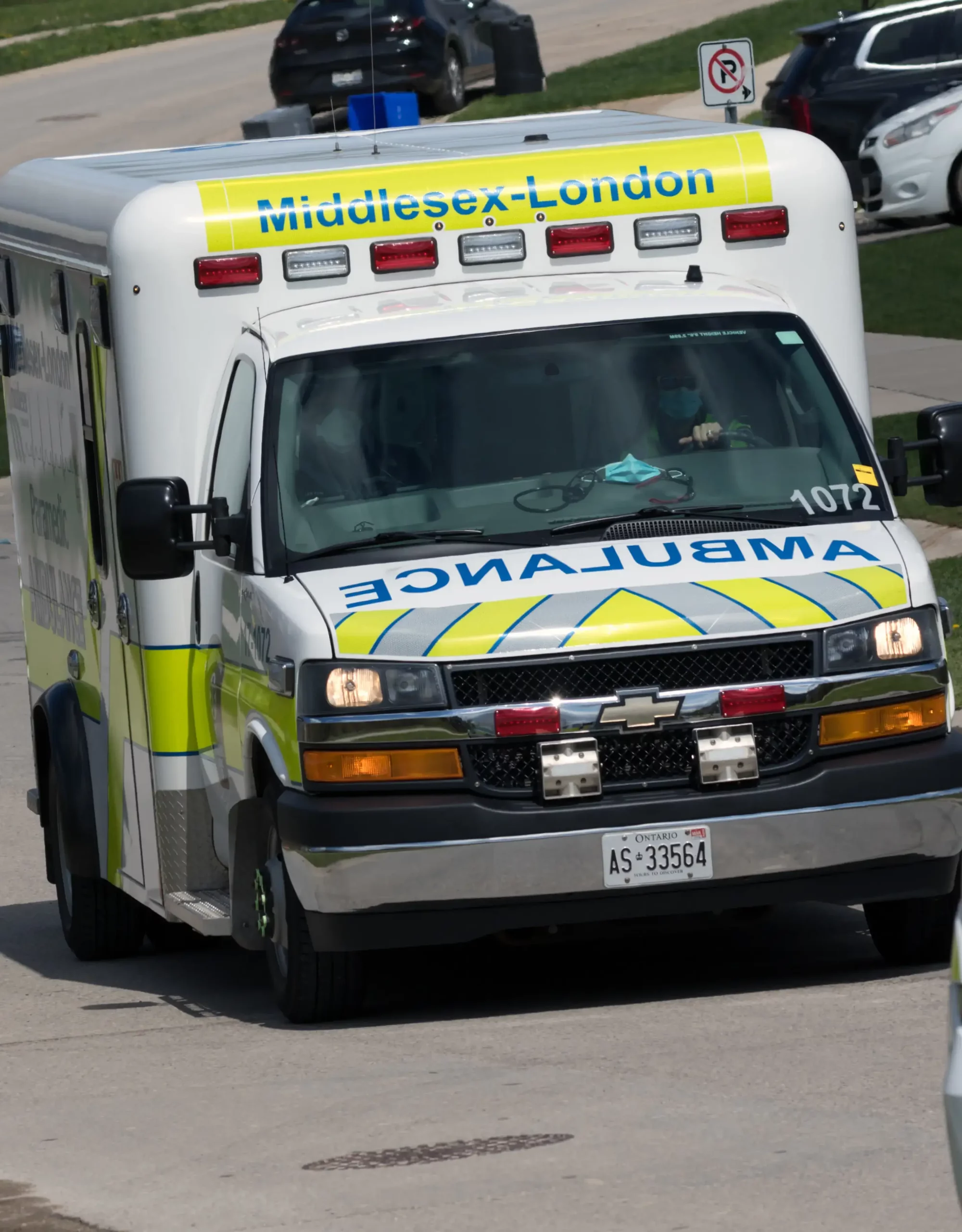- Need Any Help: +1 647-760-5505 or
- info@trubicars.ca
Each province has separate endorsements that can be added to their license for things such as school buses or air brakes. As an example, in Ontario, one must have a Z-endorsement to drive a truck with air brakes, while in New Brunswick, it is an F-endorsement. To drive a school bus in Saskatchewan requires you to have an S-endorsement.

For drivers looking to drive vehicles such as school buses, transporting people with special disabilities, and larger capacity buses an unrestricted designation is required.

In Ontario, the license requires a class B, C, E or F. A Class B License allows drivers to operate a school bus with more than 24 passengers. A Class E license allows a driver to use a school bus to transport up to 24 passengers.

With a Class C license, a driver can drive a non-school bus with seating for more than 24 passengers. It also allows the driver to operate a vehicle covered by D, F, and G licenses.

A Class F license allows the driver to operate a regular, non-school bus with seating for up to 24 people, including an ambulance.
Once you acquire the knowledge provided in
those tests, you are ready to pass the
test, for the first time.